Solar power systems are growing in popularity across the UK, with around 970,000 homes reportedly having solar panels installed. Advantages are multiple, from lower electricity bills to smaller carbon footprints; ability to store the energy produced to the potential for making money on any unused electricity. However, as with any technology that is making its mark on the world, there are several misconceptions that exist which are causing some people to be cautious. Here, in no particular order, we address five such misconceptions and try to give some reassurances about each one.
There is not enough sunshine in the UK to make installing solar panels worthwhile
In 2021, the UK recorded a staggering 1,387.8 hours of sunshine (SOURCE: Annual sunshine hours 2021 | Statista). The summer of 2022 went down in history as a heatwave with temperatures over 40 degrees C in places, and days of glorious sunshine enjoyed across the country. While it is true that the UK’s weather experiences peaks and troughs when it comes to seeing the sun, there is more than enough sunshine available for a solar power system to be worth its financial outlay in the longer term. Today’s powerful solar power systems are able to extract solar energy from the sun and turn it into electricity on even dull and cloudy days.
Solar panels are not very efficient or effective
There are figures out there that quote solar panel efficiency at around 15% to 22%, which may not sound much at first. However, this is because the sun doesn’t hit all the panel surfaces all the time and some of the energy sourced from the sun turns into heat and not light and so cannot be collected. Never fear though, as the sun produces immense amounts of solar energy – so much so that solar panels really don’t need to be more than 22% efficient to produce enough energy for a typical household’s needs. What’s more, as with any technology of its type, solar power systems and photovoltaic panels are increasing in power, efficiency and performance all the time. The global focus on combating climate change and switching to renewable energy sources makes now a great time to see advances in solar technology.
Living sustainably and ‘going green’ costs a lot of money – not enough to be worth the environmental benefits
At first glance, solar power systems don’t appear to be cheap. Solar panels do come with an initial cost, as do other forms of renewable energy installed as part of a sustainable living drive. However, the savings you can enjoy on your electricity bills after getting solar panels will help offset that cost. As can becoming involved in schemes to sell any unused electricity that you generate back to the National Grid and so help reduce the use of fossil fuels further. Adding a battery to your solar power system can also help you store excess electricity and use it when the sun is not shining. This helps save money on the fuel bills at night or during darker days, as you don’t have to rely on expensive conventional electricity sources to keep the lights and heating on.
Installing photovoltaic panels can damage my roof
Solar panels are normally not attached directly to the roof, and therefore will not damage tiles, chimneys or roofing materials. Rather, they sit on special frames that keep them pointing in the right direction with the right amount of space between and under each panel to ensure their optimum performance. Solar panels are highly durable and can actually do a good job of protecting your roof from damage caused by heavy winds, storms, rain etc. The panels can be taken off the roof easily for maintenance or replacement without harming the surface underneath. You can even remove them temporarily when replacing your roof.
If I don’t own my own house, I can’t benefit from solar power
While the vast majority of tenants will require their landlord’s permission to have solar panels installed on the property in which they live, there are other ways to benefit from the technology. Look into whether there is a community solar programme near you, for example. These allow multiple households to take advantage of a single, shared solar array. The arrays are installed off site and their purchase and installation costs are shared between everyone who signs up to taking part. You can buy into such a scheme at the level that best suits your budget.

